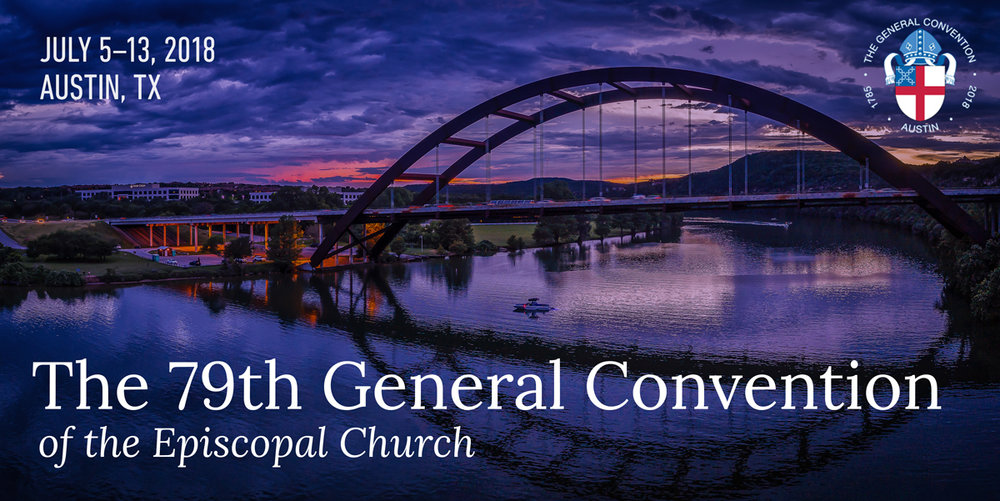
Our General Convention (GC) is a legislative body. It consists of the House of Bishops (HOB) and House of Deputies (HOD). It operates like most legislative bodies in how it does its business as required by our constitution and canons. Every three years, we gather to handle some items of business required by our governing documents. The triennial budget is a good example. Even that comes to the GC as a resolution. Beyond those business items mandated for the GC, we also receive and act upon resolutions on a variety of topics. So what happens to all of them?
GC Resolutions come from four sources:
“A” resolutions originate from commissions, committees, agencies and boards of The Episcopal Church. Those have been received as part of the Blue Book, which also contains required reporting from those same organizations. Each has a number. For example, the Standing Commission on Liturgy and Music might put forth resolution A022 on some subject.
“B” resolutions originate from bishops of the church. They also have numbers. One might be resolution B005.
“C” resolutions originate from the dioceses and provinces of our church. Again, they are numbered. Province IV might put forth resolution C034 regarding some aspect of the church’s mission.
“D” resolutions originate from deputies to GC. Deputy Smith might be the author of resolution D009 about some topic of concern to a group of deputies.
These resolutions may be viewed on the website of The Episcopal Church (www.episcopalchurch.org) by going to the pages for GC. New ones will be posted as they are received between now and the deadline established at GC.
Each resolution is assigned to a committee of GC consisting of deputies and bishops. That committee holds open hearings on the resolution, discusses it, and might amend it. Hearings are required for all resolutions. Anyone is allowed to offer testimony on a given resolution. They don’t have to be a bishop or deputy. They don’t even have to be part of The Episcopal Church! It is an open hearing.
Then the committee votes on whether to send it forth to the floor of the house of origination. While bishops and deputies of the committee meet and discuss together, each votes separately. The combined committee increases efficiency with all involved at the same time.
The committee may send the resolution forth recommending approval, recommending rejection, recommending discharge as having already been acted upon at a different GC, or whatever action they deem appropriate. The HOB and HOD will each receive the resolution and committee recommendation, discuss, debate, etc. They may amend the resolution as well. Each house will then vote on the disposition so that the resolution is approved, rejected, referred to a committee, tabled or whatever the mind of the house decides.
If the house first acting on the resolution approves it, the resolution then goes to the other house for action. BOTH houses must pass the given resolution containing the exact same wording for it to become an official action of GC. Sometimes, the second house decides to amend a resolution so it then goes back to the first house for further action. Usually there isn’t a lot of “back and forth,” so the final action is taken.
Once a resolution has passed both houses, it becomes the position of The Episcopal Church. The same applies to canonical changes, revisions to the constitution, and the Book of Common Prayer. The latter two require affirmative votes from two successive GC’s….again identical wording for both votes.
So, that is what happens to resolutions sent to the General Convention. Keep in mind, however, that like any legislative body, what goes into the committee and what ultimately is reported out for action may look very different. That’s just part of the process.
After the adjournment of GC, a journal will be prepared that shows the disposition of every resolution that came before that GC. A lot of work takes place at GC’s. So, it usually takes a while for it all to be properly documented in the journal. Once published, the journal is available online through the website of the church.

By Bruce Garner, Lay Deputee
